BeOS was the brainchild of former Apple CEO Jean-Louis Gassée and Steve Sakoman, who left the company with several former employees and founded Be Incorporated in 1990. The company's initial goal was to create a new operating system from scratch to compete with Windows and Apple's own Mac OS. Although the name is new to many, BeOS still has a number of fans to this day.
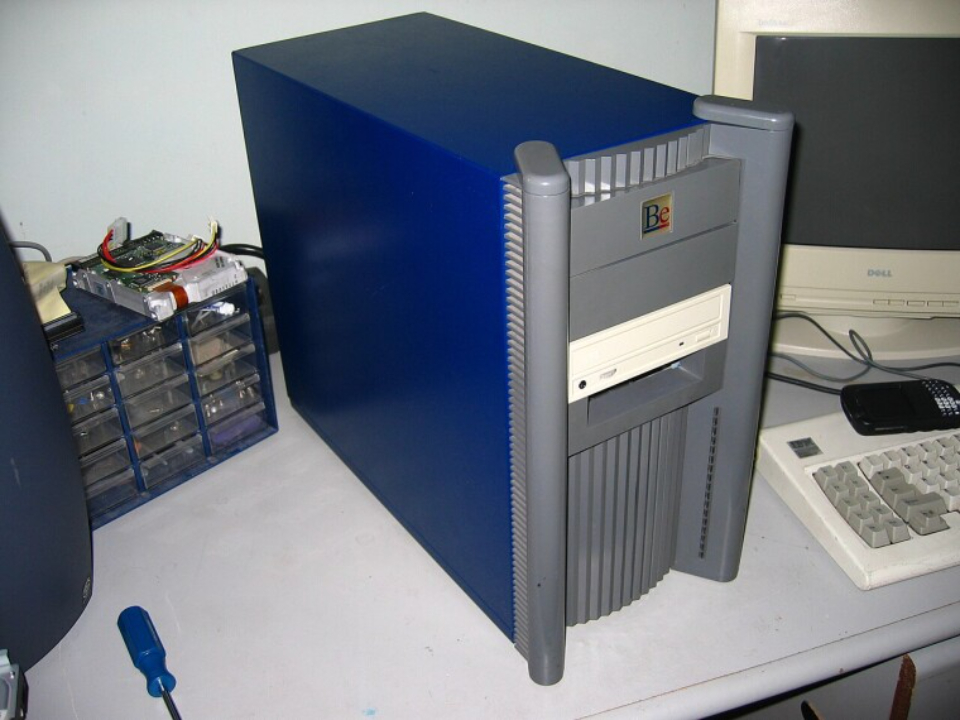
Apple once wanted to acquire BeOS
Back during the development of BeOS, the Hobbit processor the company wanted to use for its BeBox device was discontinued by its creator, AT&T, so the decision was made to port the operating system to run on the PowerPC processor that Macs were using at the time.
In October 1995, just a few months after Microsoft released Windows 95, Be Incorporated officially released BeOS and the BeBox PC for developers to test. The first version of the BeBox included two 66 MHz PowerPC 603 CPUs. In 1996, the second and final version of the BeBox was released with two 133 MHz PowerPC 603e CPUs. BeOS was also designed to reboot quickly, in just 10 seconds—impressive for a PC operating system in 1995.
In 1996, Be Incorporated got a big opportunity to sell the company and BeOS to Apple, who were looking for a replacement for the old Mac OS. The problem was that Be Incorporated wanted to sell the company for $300 million. That offer was simply too much for Apple, so they went with NeXT and its operating system. That was the company founded by former Apple co-founder and CEO Steve Jobs. As we know, buying NeXT was the beginning of Steve Jobs' full return to Apple and one of the biggest comebacks in tech history.
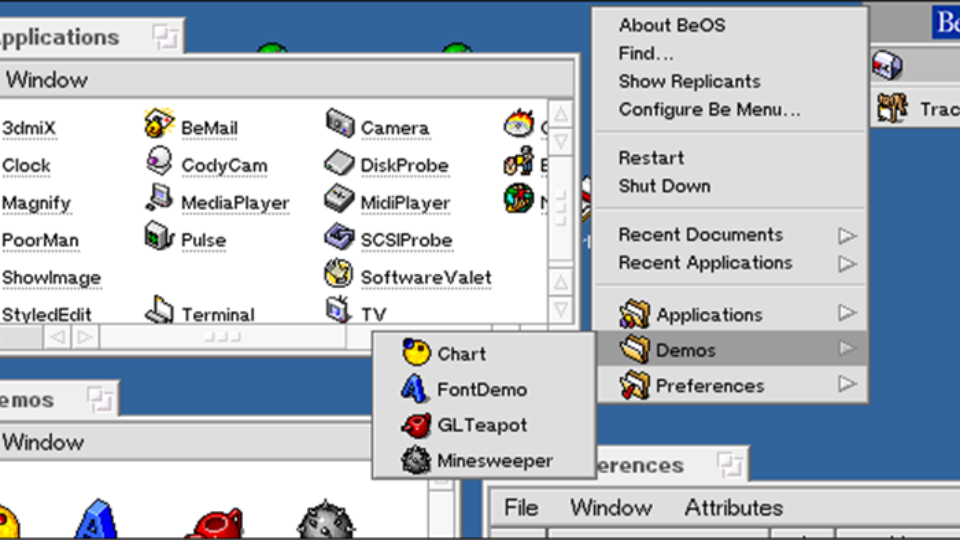
Part of the BeOS interface
Be Incorporated ended development of the BeBox developer PC in 1997 and focused on improving BeOS. Later versions were made to work with Intel x86 CPUs, and in 2000, the release of BeOS 5 added support for booting the operating system from within Microsoft Windows.
However, Microsoft's operating system was already firmly entrenched in the PC market, and even PowerPC Mac clones were later banned by Apple. In August 2001, Be Incorporated and BeOS were acquired by Palm for $11 million. Less than a year later, in February 2002, amid Be Incorporated's official dissolution, the company filed a lawsuit against Microsoft, claiming that Microsoft "used a series of illegal exclusionary and anticompetitive practices" to prevent BeOS from being used by major PC manufacturers. The company claimed that several manufacturers, including Hitachi, had wanted to offer such dual-boot systems but were unduly pressured by Microsoft to do so.
In September 2003, the New York Times reported that Microsoft and Be Incorporated settled the case, with Microsoft agreeing to pay $23.3 million to the company but not admitting any wrongdoing.
Source link





![[Photo] Students of Binh Minh Primary School enjoy the full moon festival, receiving the joys of childhood](https://vphoto.vietnam.vn/thumb/1200x675/vietnam/resource/IMAGE/2025/10/3/8cf8abef22fe4471be400a818912cb85)

![[Photo] Prime Minister Pham Minh Chinh chairs meeting to deploy overcoming consequences of storm No. 10](https://vphoto.vietnam.vn/thumb/1200x675/vietnam/resource/IMAGE/2025/10/3/544f420dcc844463898fcbef46247d16)






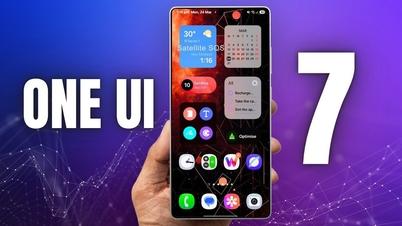


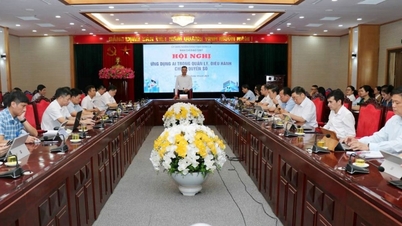

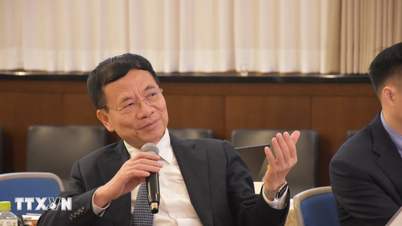

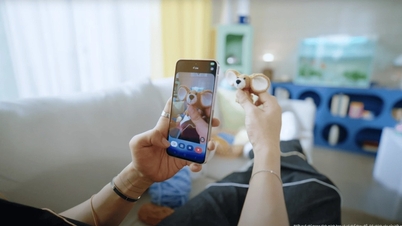

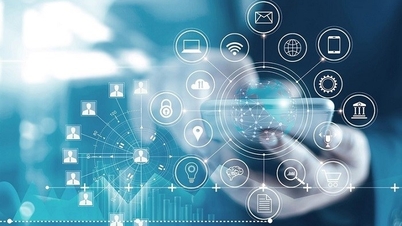
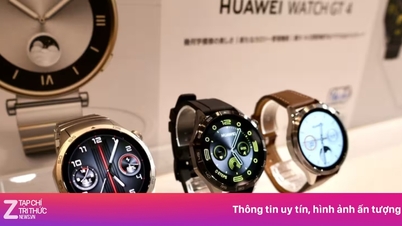






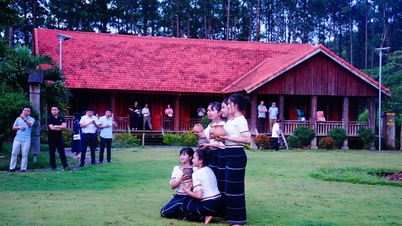
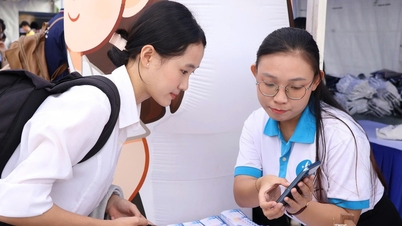
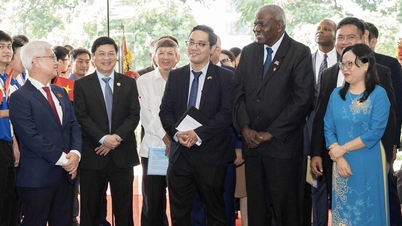













































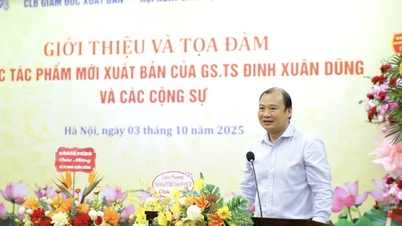


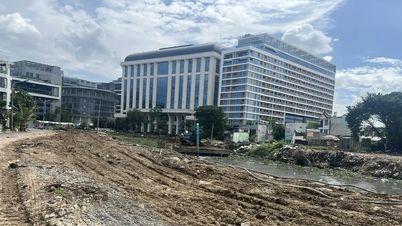



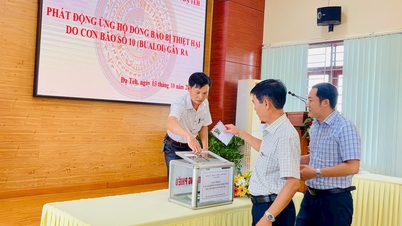

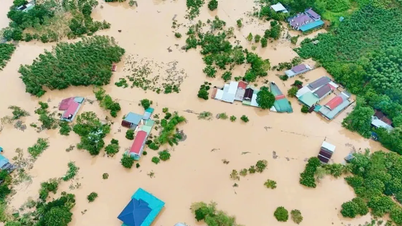
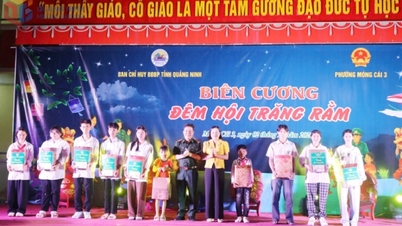













Comment (0)